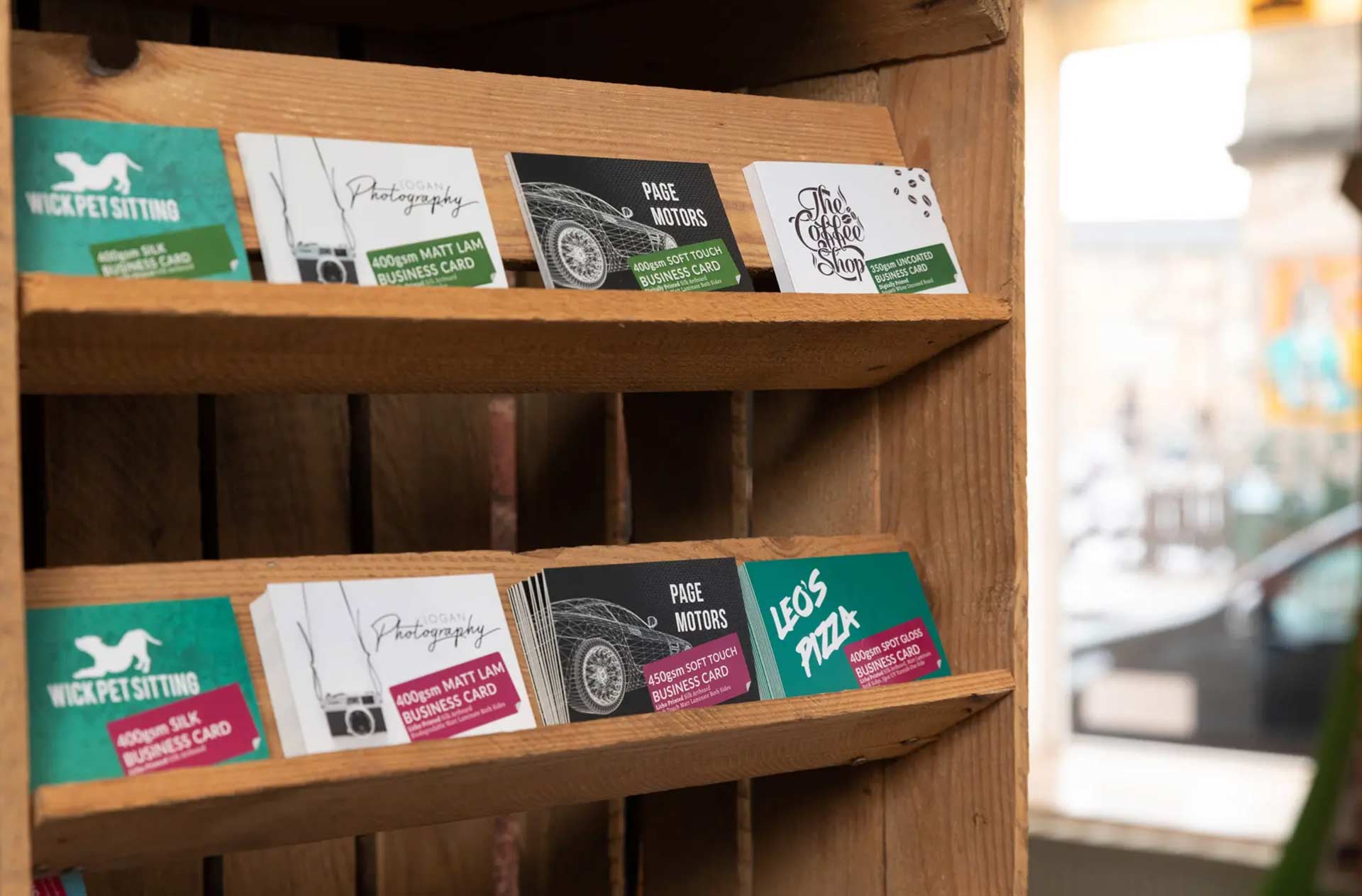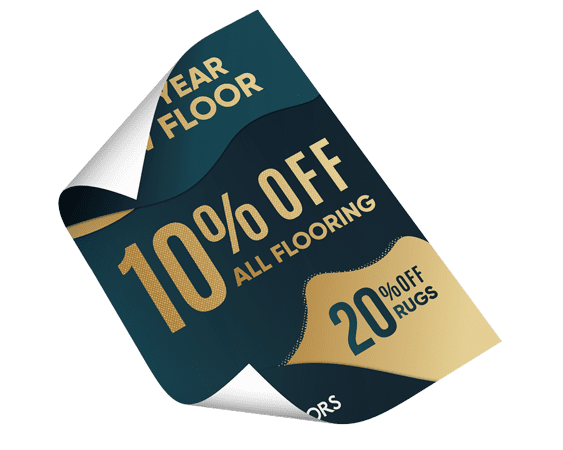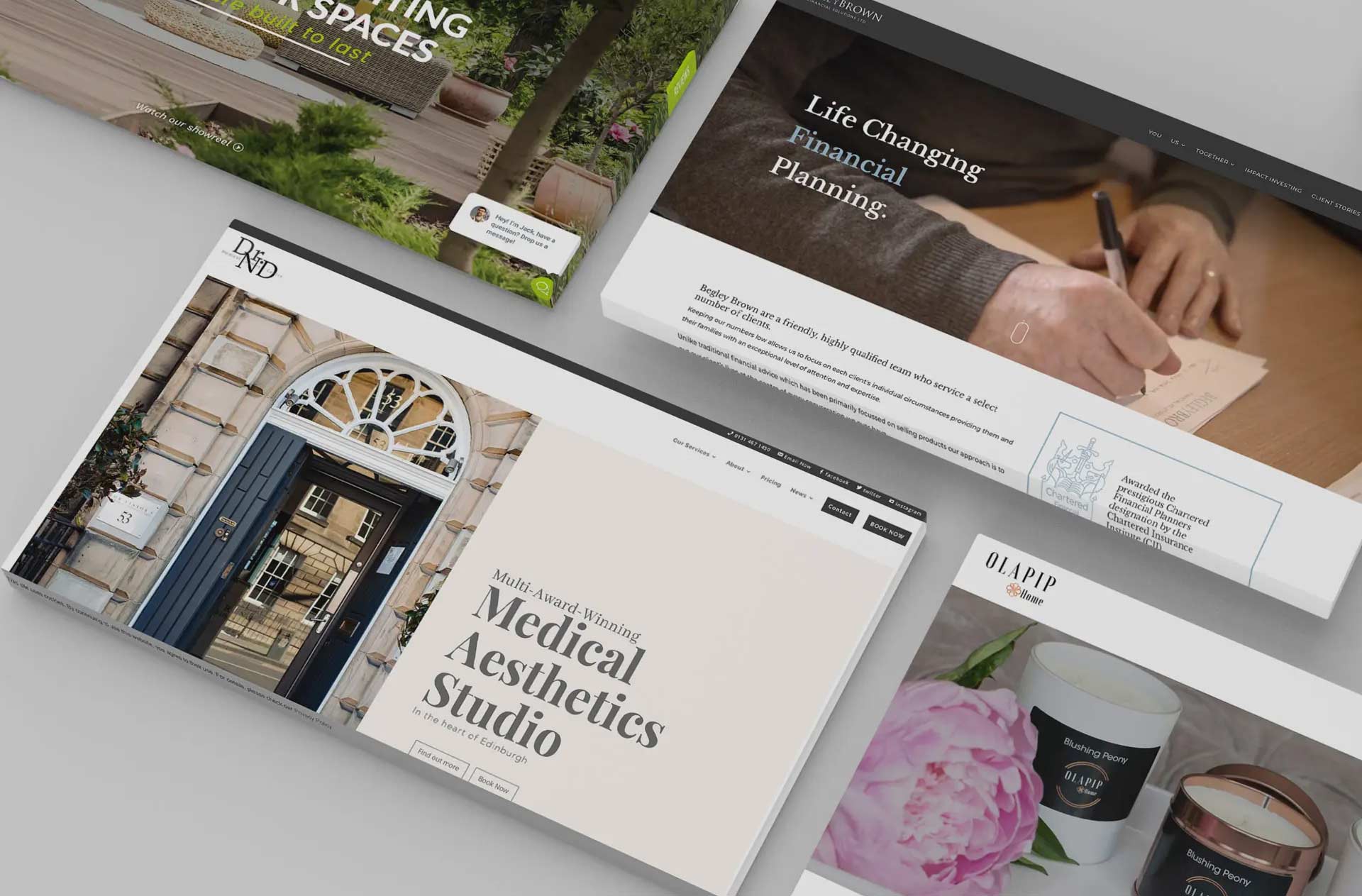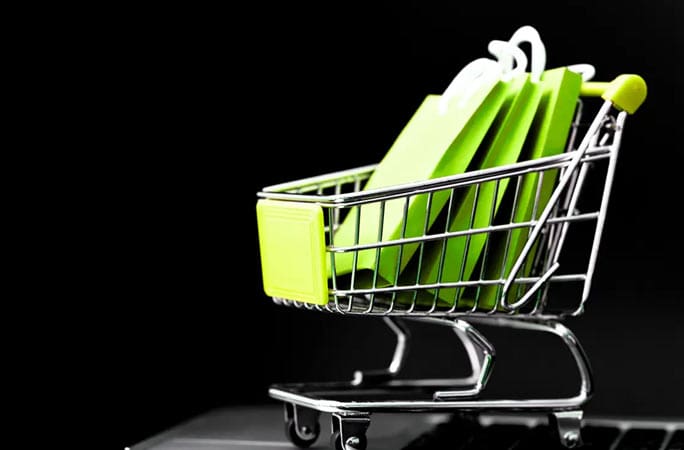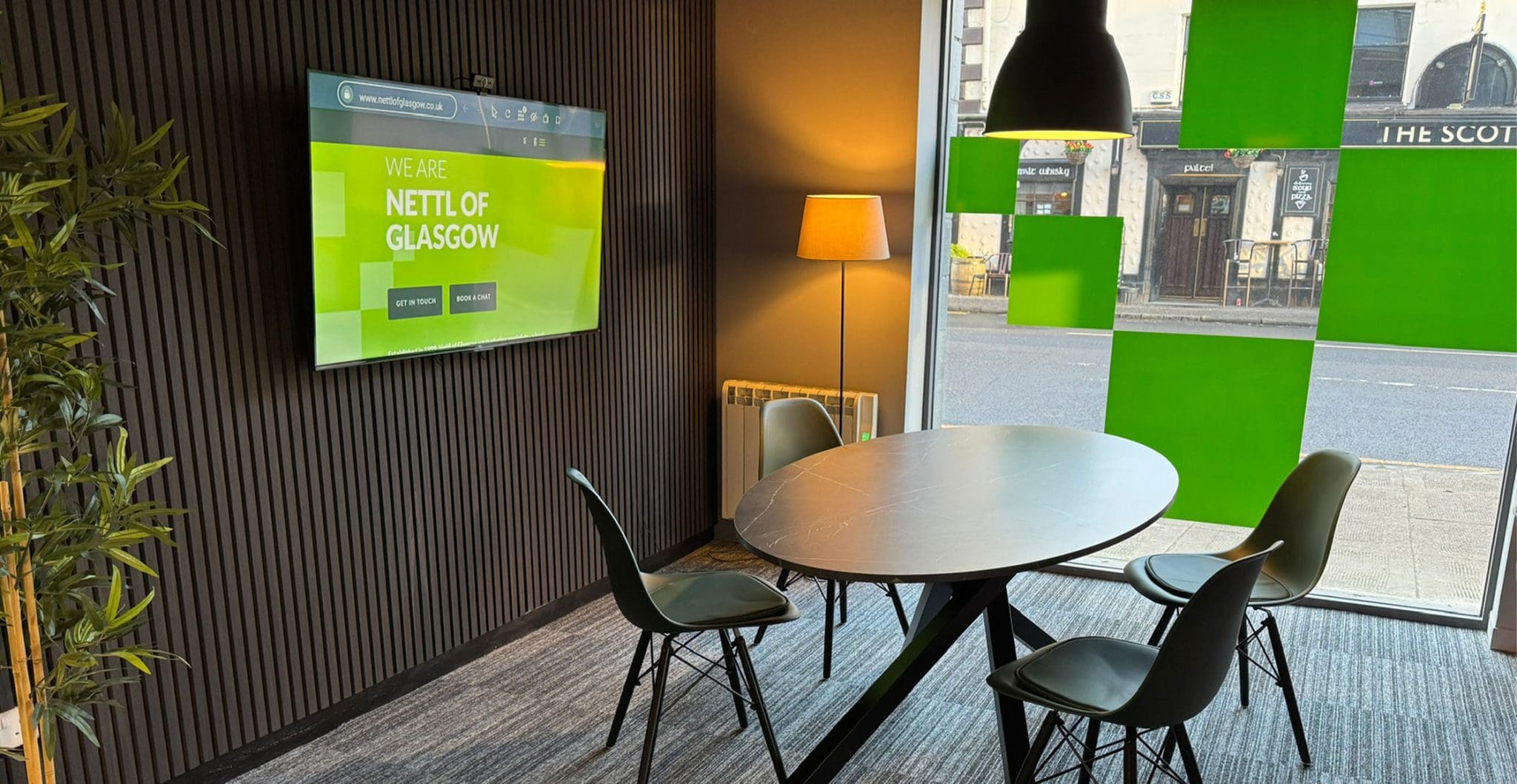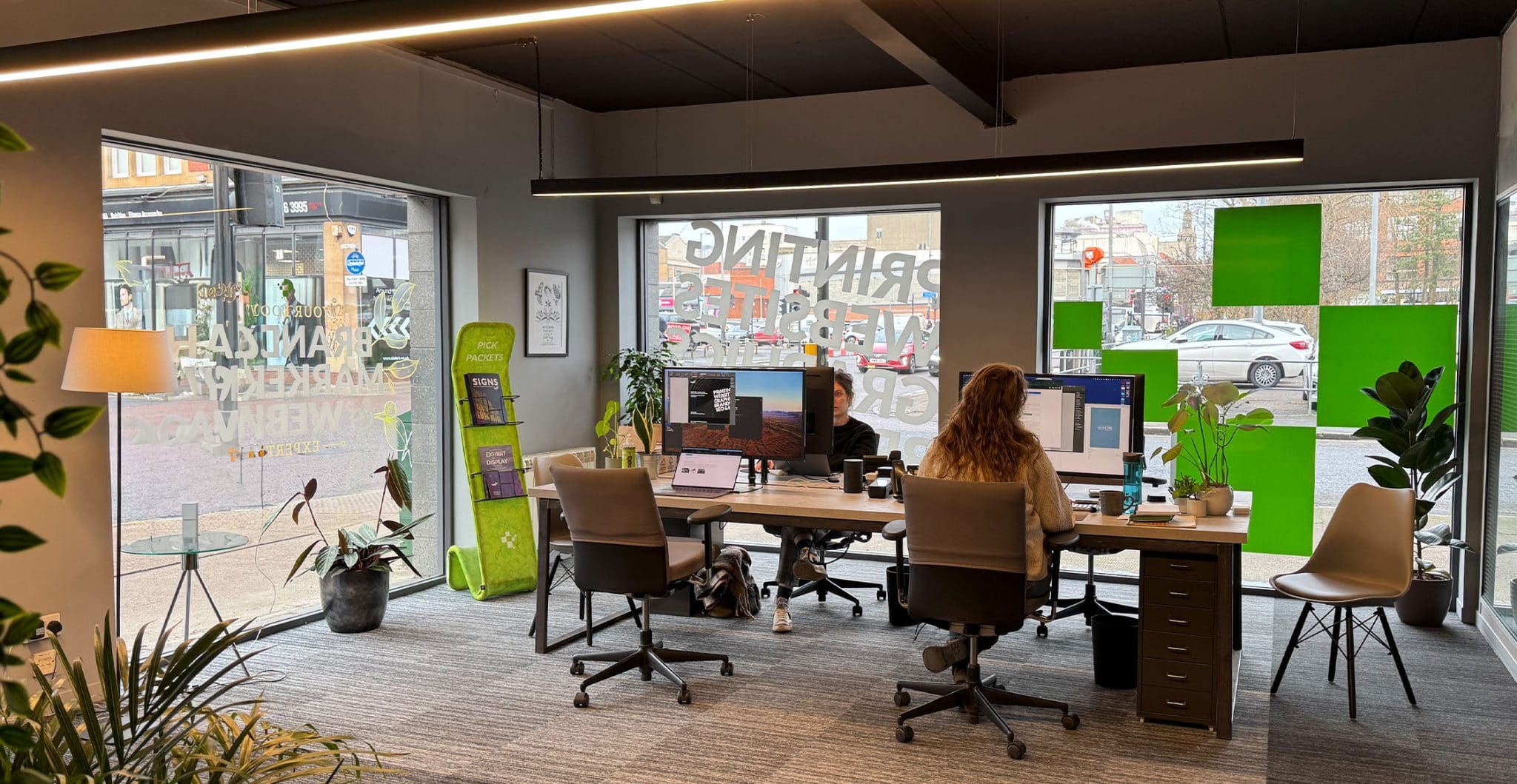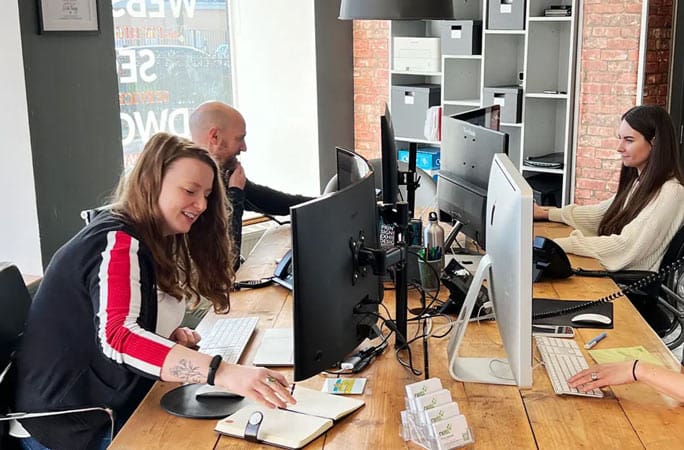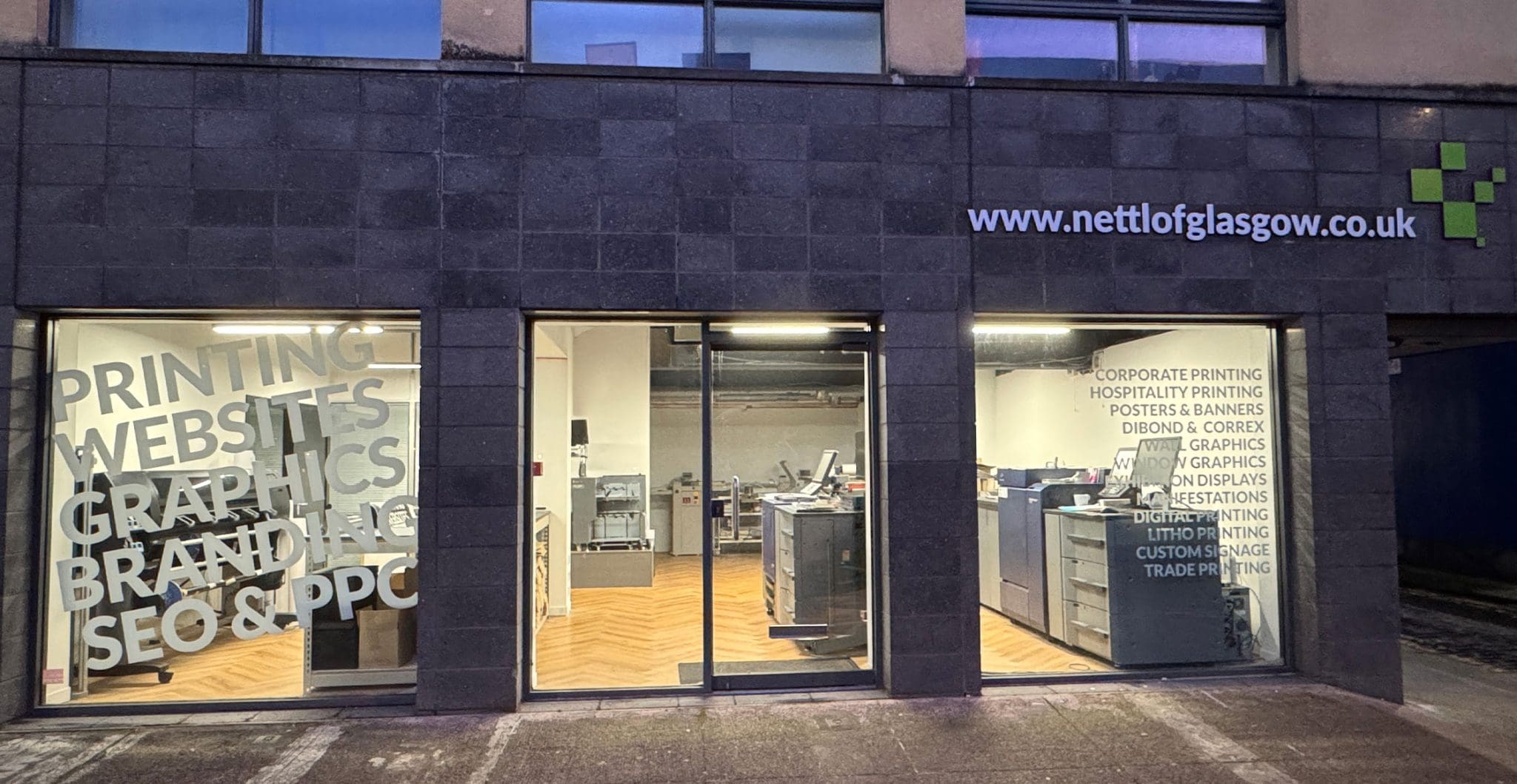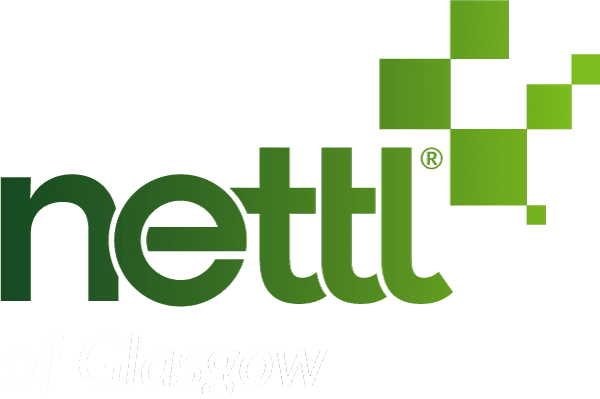Branding
Branding that builds trust
Your brand identity is the foundation of your business. It’s what makes you unique and memorable. It’s what helps customers connect with your company and understand what you stand for.
Your brand identity is not just your logo. It’s also your colors, voice, fonts, and spirit. It’s the way you communicate with your customers, the way you design your products and services, and the way you interact with the world. Professionally establishing your brand identity is a one-off investment that is going to pay off many times over the years. Branding is the foundation of your marketing and how you are percieved to the world, and it will help you to achieve your business goals. If you’re serious about your business, then you need to invest in your brand identity. It’s one of the most important things you can do to ensure your success.
The Basic Package
Our basic package is just that, we will set up your business with a professional logo and supply you with the various file types. We will start off with getting a brief from you, to understand your business, what your values are and who your target audience is. This package is perfect for start-ups and small businesses.
We will then bring you a variety of logos we think would work and from then you would bring one forward for development. Our brand designers will make sure you’re happy with the chosen logo by developing it futher and make any subsequent revisions.
This package also includes a alternative logos for varied logo usage such as web, print, social media and marketing collateral.


The Brand Refresh
Did you get a Canva logo and no designer will touch it? Is your logo pixelated online and on print? If you have an existing logo that you really like but need to have it vectorised for print, or to make any alternations to the logo, this is the package for you. This package is perfect for sole-traders and freelancers.
We will redraw your logo with up to 4 variations, and vectorise which means that you will be able to scale it to any size you need without pixelation.
This package also includes alternative logos for varied usage such as web, print, social media and marketing collateral.
The One Package
The One Package is our most popular branding package. We go into more depth and go through a research analysis about your industry, competitors, and other companies that you admire. We will then present the first round of logos based from the brief and research. From there, we will develop logo concepts that you prefer to take forward. We would make any revisions and develop the brand futher with a custom colour palette. This package will be great for small to medium businesses.
Once you’re happy with your logo, we would provide you with brand identity guidelines that you will keep a hold of and give to any designers working with your brand. The guidelines will provide you with information and rules on how to display your logo and branding with any given situation. We will also supply you with fonts to install on your devices so you are always prepared and keep your customer and client correspondance consistent.
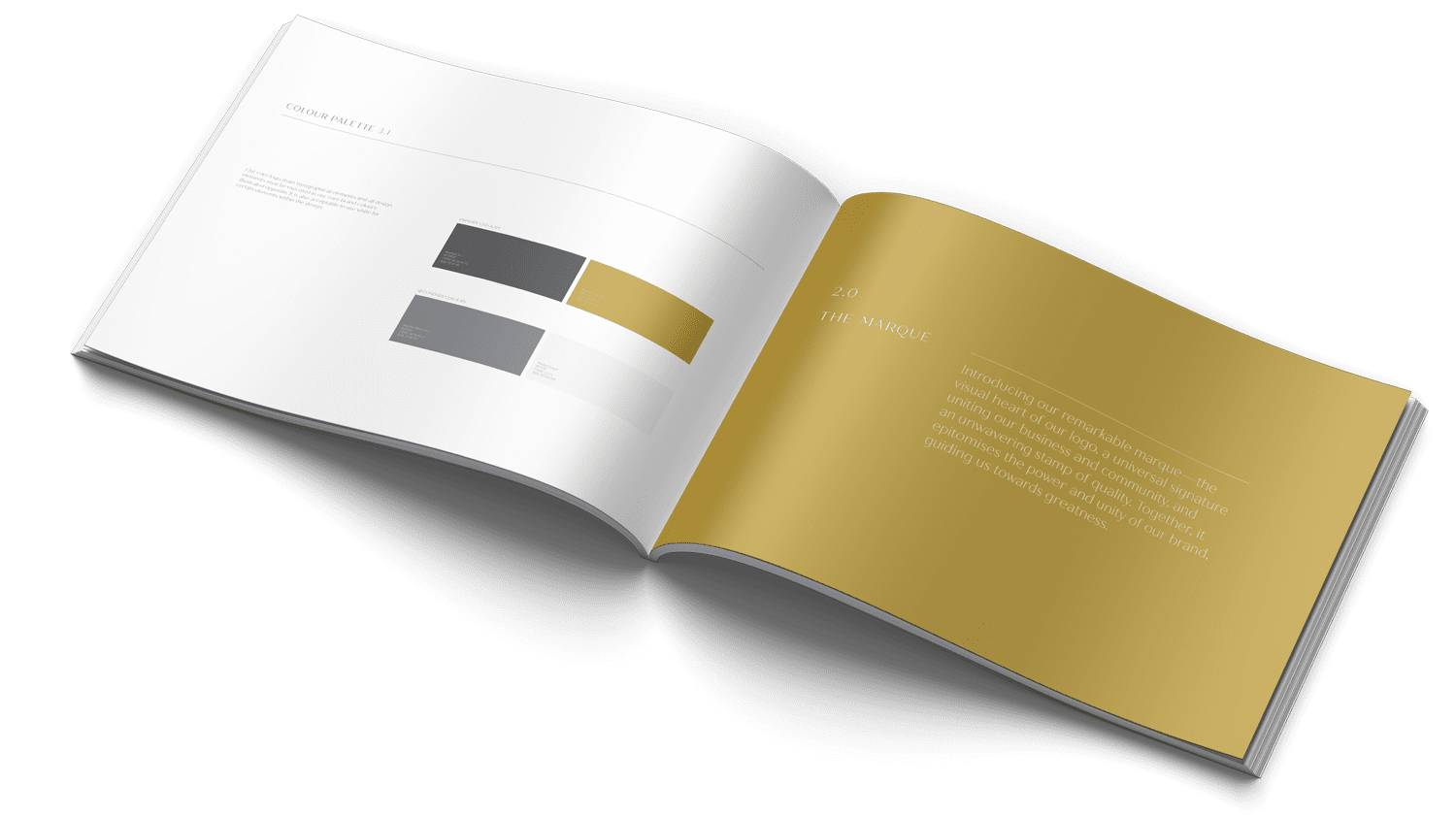
The Full Package
The next step is presenting your logos via a meeting through either video call or an in-person discussion. We will go through each concept and this will give you an opportunity to describe what you like and don’t like for each concept. Next, we will take the chosen logo concepts and develop them futher with any subsequent revisions.
These stages will repeat until we have narrowed down the concept and we can prepare the chosen idea for final production. We will supply this round with alternative versions for various usage for web, print, social media and marketing collateral. This round is also where we will nail down your colour palette and vision for the brand, focusing again on how your brand will be percieved by your target audience.
Once you’re happy with the logo, we will create a brand identity guideline document that you will keep a hold of and give to any designers working with your brand. This branding document will provide you with information and riles on how to display your logo and branding with any situation. We will also supply you with fonts to install on your devices so your are always prepated and keep your customer and client corresponance consistent.
Included in this package is artwork that will help you set up your business with your new branding such as stationery design, i.e Digital and Printed Letterheads, Business Cards, Compliment Slips and Presentation Folders.
Also Included is our Social Media Design Package where you will be supplied with branded social media identities such as profile images, cover images and header templates.
Ready to talk?
Get started today and book your consultation with Nettl of Glasgow.
There’s no obligation – we’re happy to chat through your project and outline the solutions that are open to you. This meeting will also allow us to put together a detailed proposal so you can see itemised costs and everything that we would include with your site. We can chat on Zoom, on the phone, or you can come to our studio in Finnieston to meet the team and talk about your project with one of our designers.
FAQs
What is branding?
Branding is the process of creating a unique identity for your business that sets you apart from the competition. It encompasses everything from your logo and tagline to your website and marketing materials.
Why is branding important for businesses?
Branding is important for businesses because it helps them to:
- Build trust and credibility with customers
- Attract new customers
- Increase sales
- Improve customer loyalty
- Stand out from the competition
What are the different elements of branding?
The different elements of branding include:
- Your logo: Your logo is the visual representation of your brand. It should be memorable, unique, and relevant to your target audience.
- Your tagline: Your tagline is a short phrase that summarizes your brand. It should be catchy and memorable.
- Your colors: Your colors should be consistent with your brand identity and should evoke the emotions you want to evoke in your customers.
- Your fonts: Your fonts should be consistent with your brand identity and should be easy to read and understand.
- Your imagery: Your imagery should be consistent with your brand identity and should help to tell your brand story.
- Your tone of voice: Your tone of voice should be consistent with your brand identity and should be used in all of your marketing materials.
- Your values: Your values should be reflected in your brand identity and should be communicated to your customers.
How do I create a strong brand identity?
To create a strong brand identity, you need to:
- Define your brand values: What are the core values that your business stands for? What do you want your customers to know about you?
- Develop a strong visual identity: Your visual identity should be consistent with your brand values and should be memorable and unique.
- Create a consistent brand voice: Your brand voice should be consistent with your brand values and should be used in all of your marketing materials.
- Be consistent in your branding: Use your brand identity across all of your marketing materials, website, and social media channels.
- Be patient and persistent: It takes time to build a strong brand identity. Don’t get discouraged if you don’t see results overnight.
How do I develop a brand strategy?
A brand strategy is a plan for how you will build and manage your brand. It should include the following elements:
- Your target audience: Who are you trying to reach with your brand?
- Your competitive landscape: Who are your competitors and what are they doing?
- Your brand positioning: How do you want your brand to be perceived by your target audience?
- Your brand messaging: What message do you want to communicate to your target audience?
- Your brand goals: What do you want to achieve with your brand?
- Your brand budget: How much money are you willing to invest in your brand?
How do I implement my brand strategy?
To implement your brand strategy, you need to:
- Create a timeline: When do you want to achieve each of your brand goals?
- Assign responsibilities: Who will be responsible for each task?
- Track your progress: How will you measure the success of your brand strategy?
- Make adjustments as needed: Your brand strategy is not set in stone. Be prepared to make adjustments as needed.
How do I measure the effectiveness of my branding efforts?
There are a number of ways to measure the effectiveness of your branding efforts. Some common methods include:
- Brand awareness: How aware is your target audience of your brand?
- Brand preference: How likely are your target audience to choose your brand over a competitor?
- Brand loyalty: How likely are your customers to do business with you again in the future?
- Brand reputation: What is the perception of your brand among your target audience?
- Brand engagement: How engaged is your target audience with your brand?
What are some common branding mistakes to avoid?
Some common branding mistakes to avoid include:
- Not having a clear brand identity: Your brand identity should be clear and concise.
- Not being consistent with your branding: Your branding should be consistent across all of your marketing materials.
- Not investing in your brand: Branding is an investment that will pay off in the long run.
- Not listening to your customers: Your customers are the best source of information about your brand. Listen to what they have to say and make changes accordingly.
- Not being flexible: Your brand should be flexible enough to adapt to changes in the market
How can I update my branding as my business grows?
As your business grows, you may need to update your branding to reflect your changing target audience, products or services, or overall business goals. Here are a few tips for updating your branding:
- Start by conducting a brand audit: This will help you to identify the strengths and weaknesses of your current branding, as well as any areas that need to be updated.
- Set clear goals for your new branding: What do you want to achieve with your new branding? Do you want to increase brand awareness, improve customer loyalty, or something else?
- Research your target audience: Who are your target customers? What are their needs and wants? How do they perceive your brand?
- Make changes that are consistent with your brand values: Your new branding should be consistent with the core values of your business.
- Be patient and consistent: It takes time to build a strong brand, so don’t expect to see results overnight.
How can I protect my brand?
There are a number of ways to protect your brand, including:
- Registering your trademark: This will give you legal protection against others using your brand name or logo.
- Using a creative commons license: This can help to protect your brand’s intellectual property while still allowing others to use it in certain ways.
- Monitoring your brand online: Keep an eye out for unauthorized use of your brand name or logo online.
- Taking legal action: If someone is infringing on your brand, you may need to take legal action to protect it.
What are the different types of branding?
There are many different types of branding, but some of the most common include:
- Visual branding: This includes your logo, colors, fonts, and overall design aesthetic.
- Verbal branding: This includes your tagline, website copy, and other written materials.
- Emotional branding: This is the use of emotions to connect with your target audience.
- Experiential branding: This is the creation of experiences that will help your customers remember your brand.
- Sustainable branding: This is the use of branding to promote sustainability.
- Inclusive branding: This is the use of branding to promote diversity and inclusion.
- Authentic branding: This is the use of branding to be true to your brand values.
- Agile branding: This is the use of branding to be flexible and adaptable to change.
- Future-proof branding: This is the use of branding to create a brand that will be relevant in the future.
How can I get started with your branding services?
Contact us to discuss your needs, and our experts will guide you through the process to create an brand identity.

